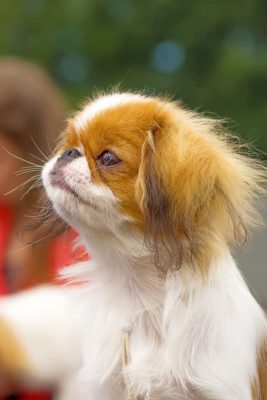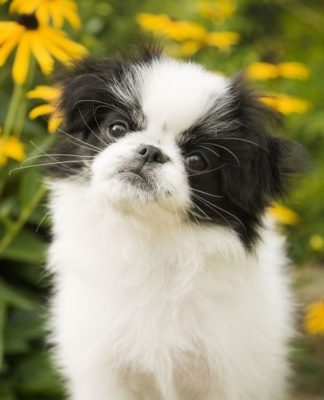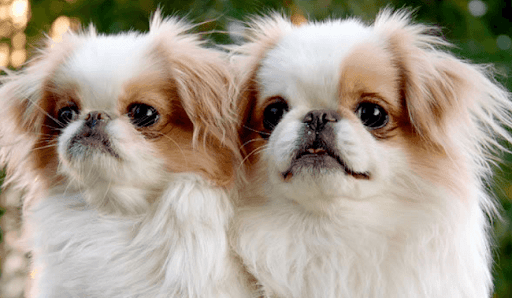Japanese Chin
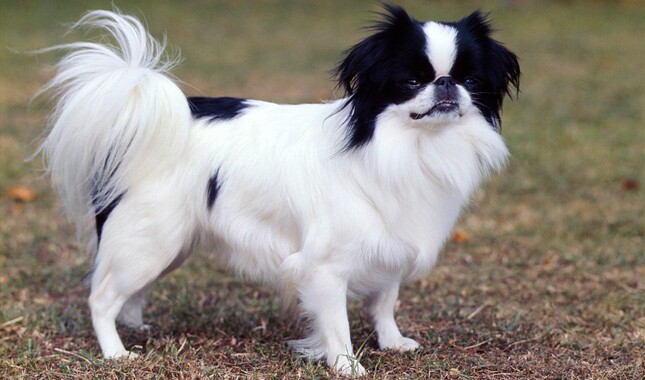
The Japanese Chin is a charming, agile, and cheerful creature. These dogs are intelligent and loving; they are always loyal to their owner. This breed is friendly to all whom they know, but at the same time, they are reserved with strangers. Japanese Chins are good with children, but only in situations where children are gentle with them.
Table of Contents
Breed Information
| Another Name | Japanese Spaniel |
| Origin | Japan |
| Height | Males 24-27 cm Females 20-25 cm |
| Weight | 1.5-3.5 kg |
| Fur | Long |
| Color | White with spots of any color |
| Lifespan | 12-14 years |
| FCI Classification | Companion and Toy Dogs |
| Group | Small breed or decorative dogs, dogs for children, dogs for the apartment |
| Price | From $500 |
Breed Photos
Origin History
The Japanese Chin is an ancient Asian breed whose origins are still undisclosed. According to one version, this breed is exclusive of Japanese origin; the other says that these pets were brought to Japan from a neighboring country. Images of pets that look like the Japanese Chin have been found on ancient Chinese ceramics, frescoes, and mosaics of old Chinese temples. This fact proves that the Japanese Chins are of Chinese origin. At the same time, purposeful breeding of this breed was started in Japan in the XIV century.
The first mention of the Japanese Chin’s appearance in Europe dates back to the 17th century when Portuguese sailors presented several representatives of this breed to Princess Catherine of Bragin. The Japanese Chins were very popular in Europe and were kept at royal courts. The Japanese Chin was recognized by the Fédération Cynologique Internationale in 1957.
Appearance
The distinguishing characteristics of the Japanese Chin are their petite size and gentle constitution. These dogs have a short straight back, wide head, large black round-shaped eyes, and a broad flat muzzle. The ears of the Japanese Chin, resembling a triangular shape, are covered with long hair. They retain a hanging position in a quiet state, and their elevation indicates that the Japanese Chin is agitated.
The Japanese Chin has an easy and elegant gait, a straight posture, and a proudly extended neck. The tail of this breed is covered with long hair that hangs down in a fan. The hair of this breed is silky and long. The color of the coat is mostly black and white or white and red. Less common are Japanese Chins of white color with lemon, chocolate, or pale spots.
Character
The Japanese Chin is a charming, agile, and cheerful creature. These dogs are intelligent and loving; they are always loyal to their owner. This breed is friendly to all whom they know, but at the same time, they are reserved with strangers. Japanese Chins are good with children, but only in situations where children are gentle with them.
The Japanese Chin is an intelligent dog. It can sometimes show its independence and stubbornness, but it immediately becomes malleable when it sees its owner.
Japanese Chins are very narcissistic, and they enjoy being shown admiration. They love to be the center of attention and are very bored if left alone.
Care
The Japanese Chin is a breed that is generally not fussy about grooming. First of all, the pet’s luxurious hair requires attention and should be brushed daily. It is also important to have regular hygienic haircuts and to remove hair growth. You can bathe the pet if necessary, but it is not recommended to do it more than twice a week. After bathing, the Japanese Chin should be dried using a towel. It is also known to use a hairdryer to dry the hair, but it is better to avoid it.
In addition to grooming, the Japanese Chin needs other hygiene procedures – clipping claws once a month, weekly cleaning of eyes from tear deposits, and ears from dirt.
Keep representatives of this breed in the apartment, but you should not forget about the need for daily walks in the fresh air – a long walk once a day is enough for the dog. Of course, it is ideal for walking it three times a day, but it is not always possible in city living conditions.
Training
No pet is born obedient and docile and does not become so without proper training and socialization. The Japanese Chin is no exception and, like any other dog, needs training. This dog’s intelligence and cleverness contribute to the fact that he quickly learns any command and learns to perform various tricks.
One of the main rules of training of the Japanese Chin is equanimity and calmness of the trainer, absence of aggression, and raised tone. It is desirable to conduct any training in the form of a game; it will help interest the dog and master its attention. Since Japanese Chins are not dogs whose interest in training can be increased with treats, exciting games are probably the only working tool to increase training efficiency.
Common Diseases
The Japanese Chin is a breed that is generally characterized by good health, despite stereotypes about small dogs’ morbidity. The main diseases that occur among these animals are genetic.
As a flat-faced pet, the Japanese Chin is prone to develop the brachycephalic syndrome, which involves structural changes in the upper airways, causing them to malfunction. Because of this, pets may have trouble breathing.
Other genetic diseases in Japanese Chins include cerebral dropsy, chronic lacrimation, strabismus, cataracts, progressive retinal atrophy, underdevelopment of the genital system, and musculoskeletal disorders.
Nutrition
The diet of Japanese Chins should be high in calories. The portion of these pets should not be large, but it should contain enough calories. Since Japanese Chins are active dogs, they should have enough energy and energy to meet their movement needs.
The Japanese Chin diet must include foods that contain a lot of protein and calcium, particularly lean meat, boiled liver, saltwater fish, boiled vegetables, rice porridge. From meat, you can offer your pet chicken, turkey, or lean veal. It is also recommended to add boiled egg yolks to the Japanese Chin’s diet two or three times a week. It is unnecessary to overfeed the Japanese Chin, as it is prone to rapid weight gain, which can negatively affect its health.
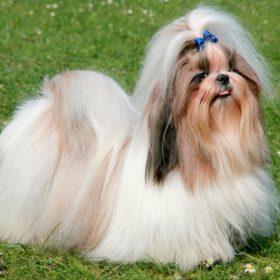 Shih Tzu
Shih Tzu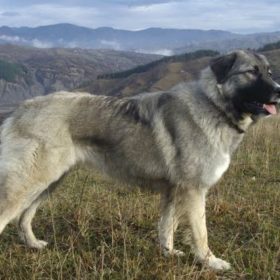 Carpathian Shepherd Dog
Carpathian Shepherd Dog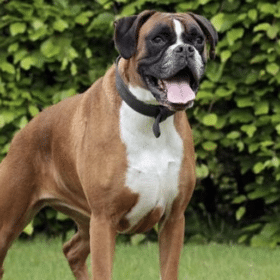 Boxer
Boxer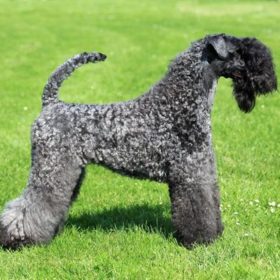 Kerry Blue Terrier
Kerry Blue Terrier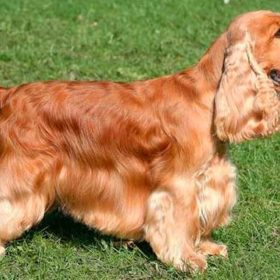 English Cocker Spaniel
English Cocker Spaniel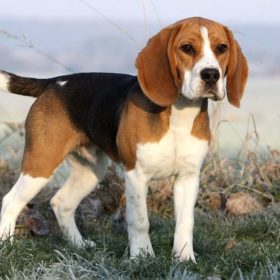 Beagle
Beagle